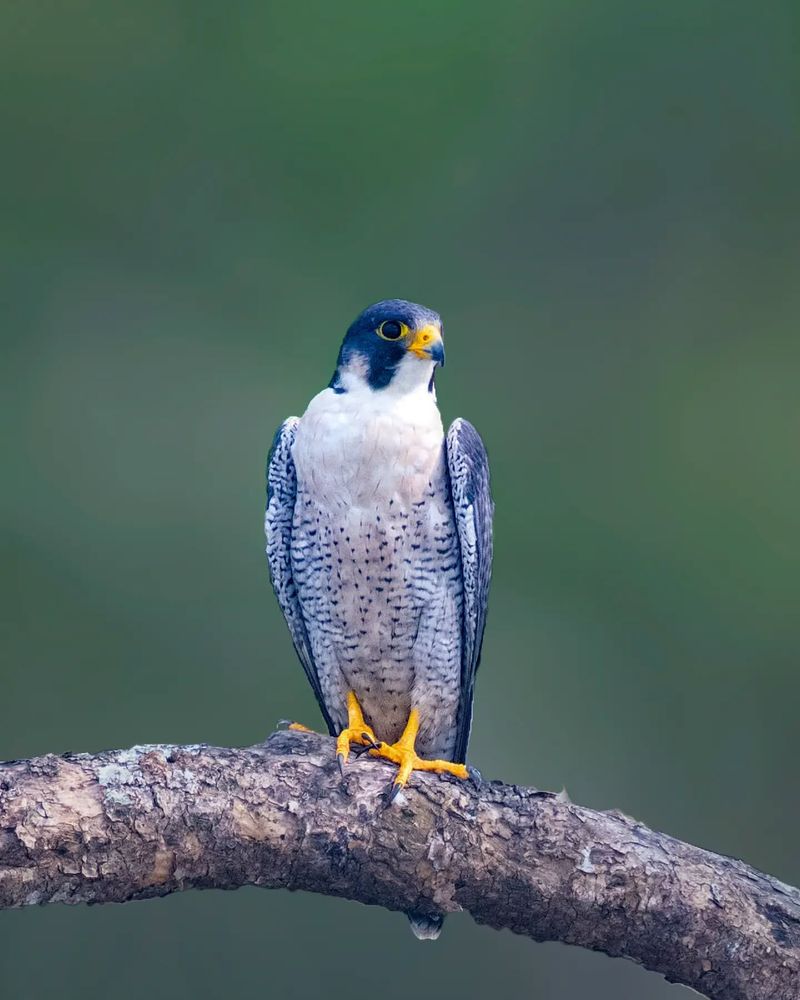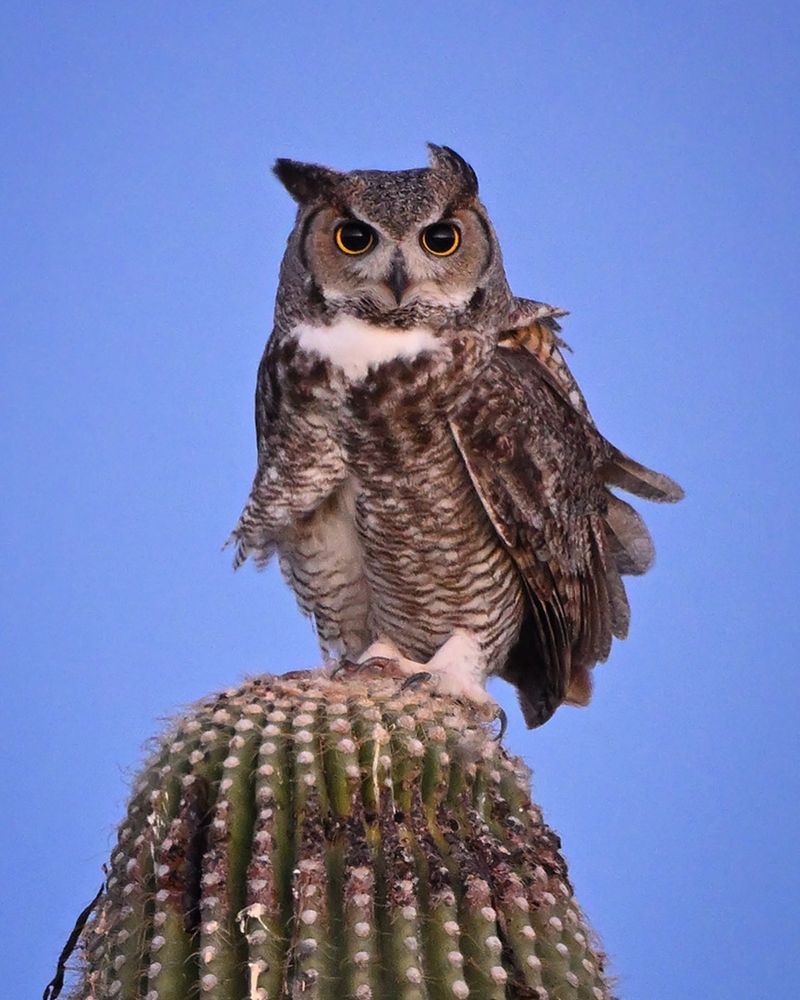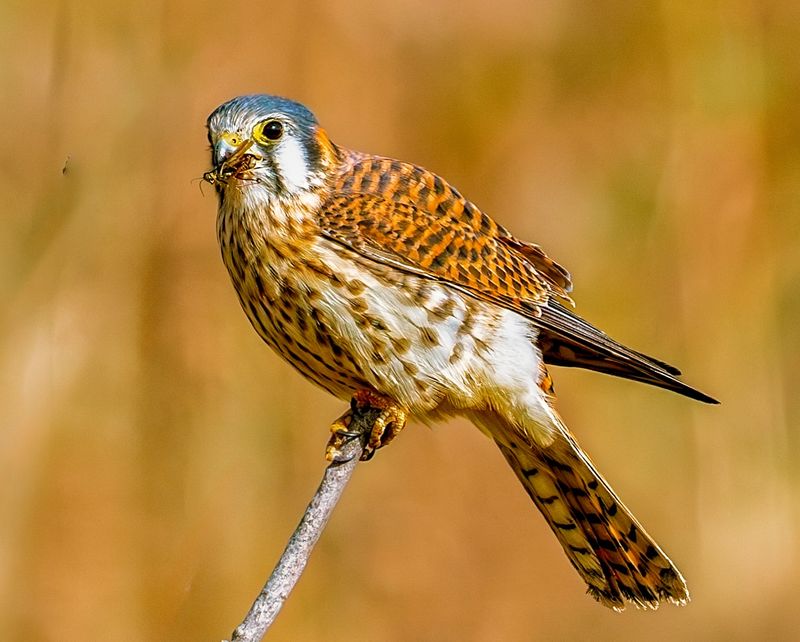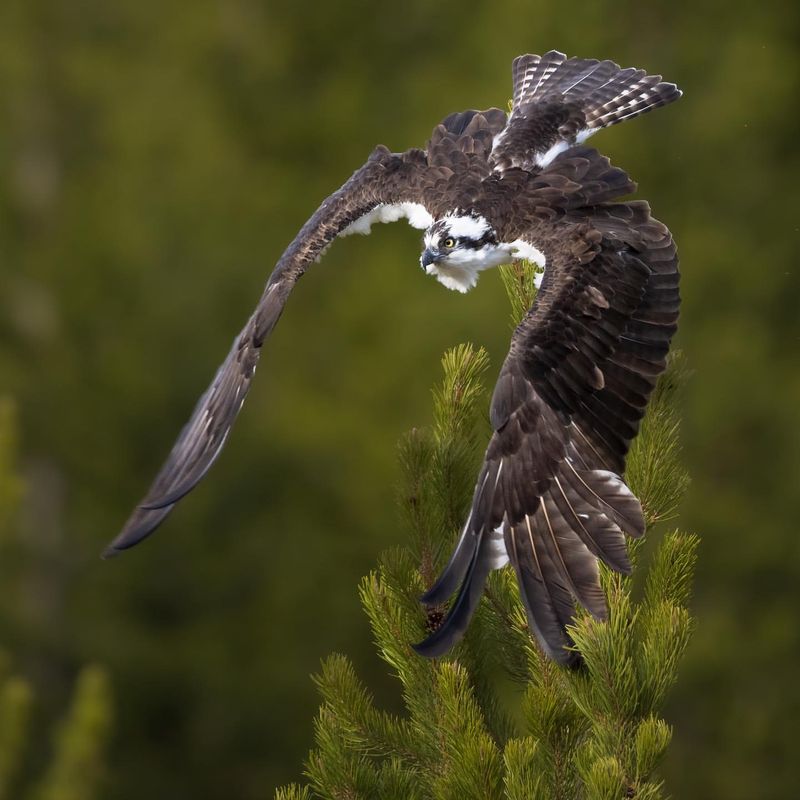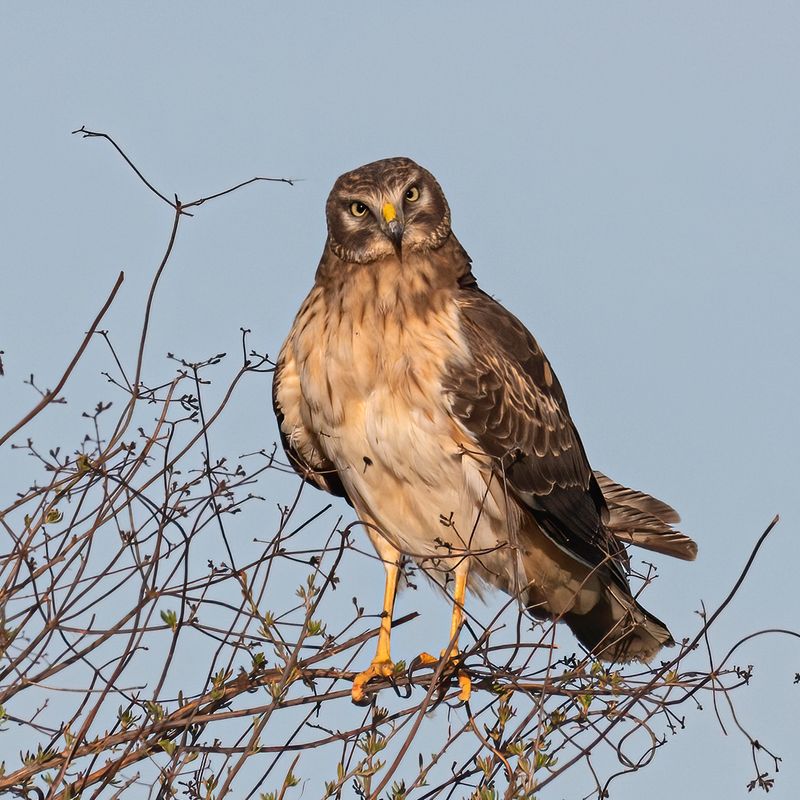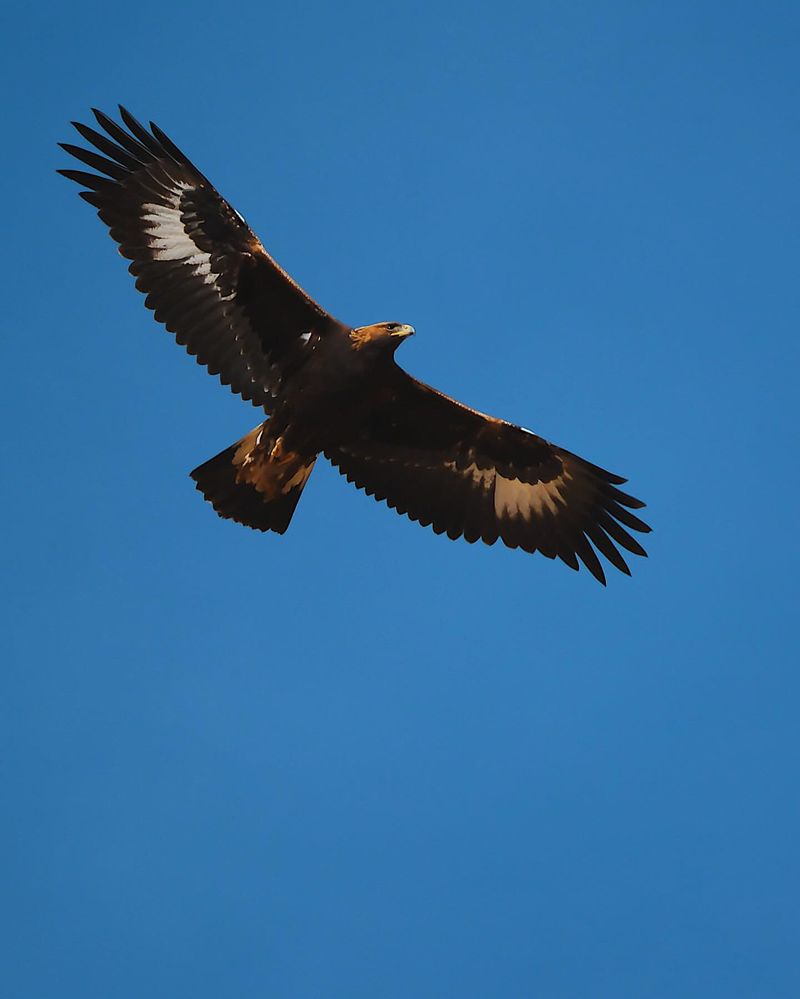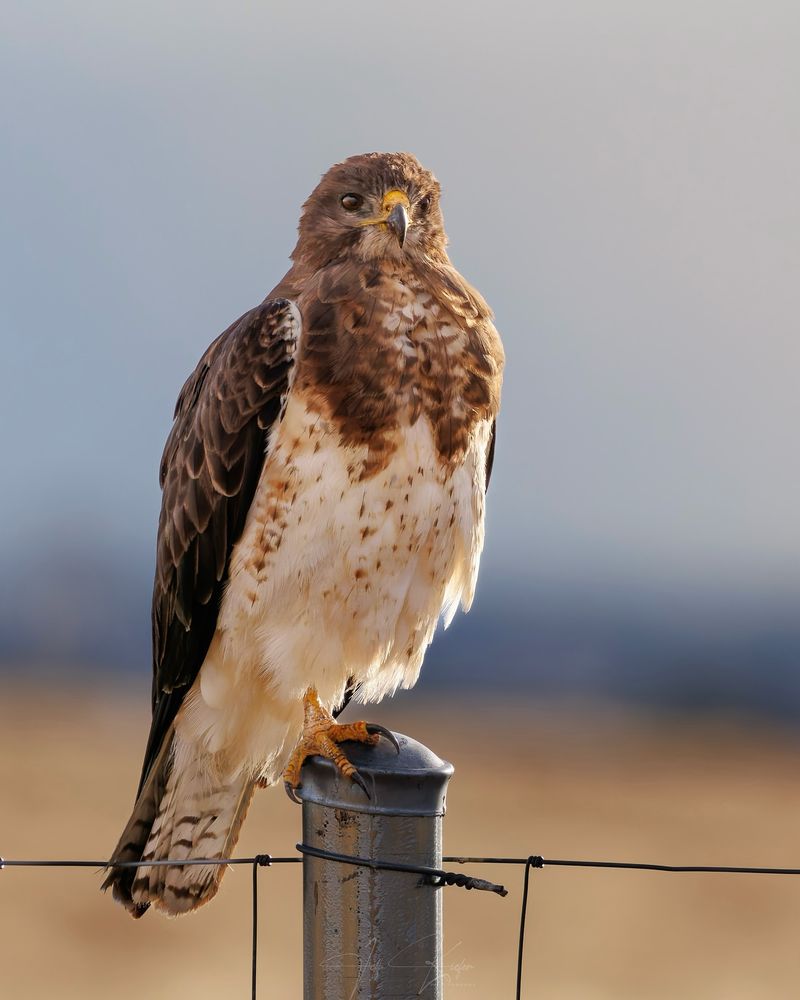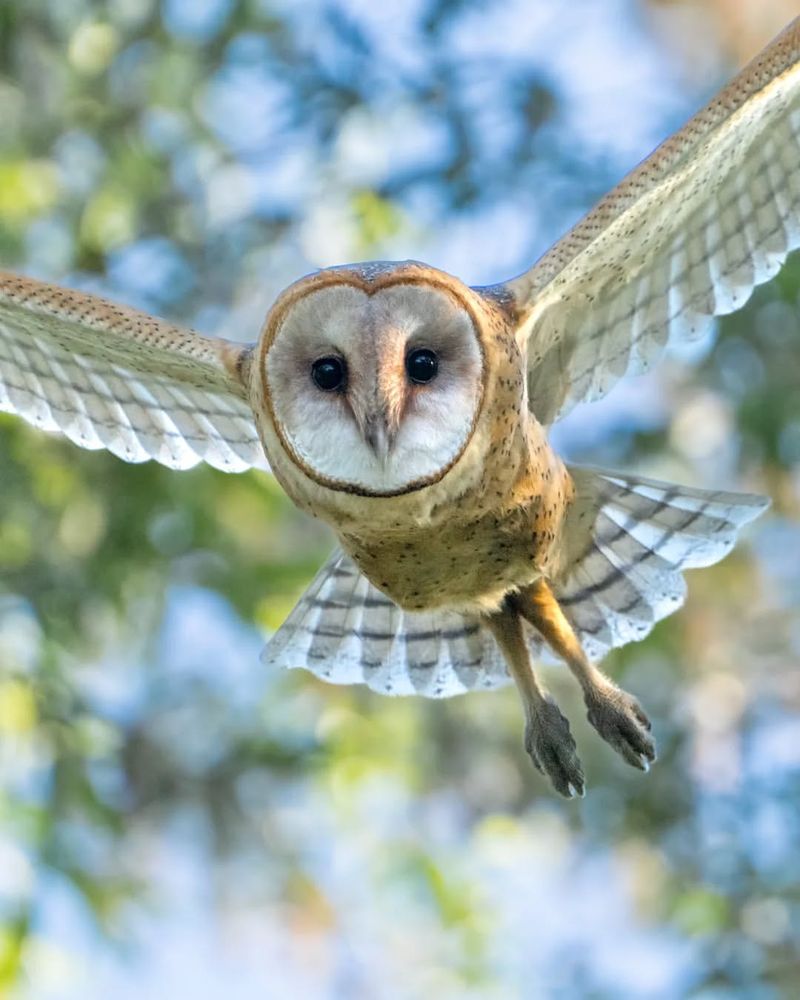📖 Table of Content:
Across the skies of America, some birds of prey reign supreme, known for their unparalleled hunting abilities and fearlessness. These majestic predators are finely tuned to their environments, showcasing extraordinary adaptations that allow them to dominate the food chain. Their exceptional skills not only make them formidable hunters but also essential to maintaining the balance of ecosystems.
Each of these birds of prey has evolved to master specific hunting techniques, from lightning-fast strikes to stealthy ambushes. Their unique abilities, such as sharp talons, keen eyesight, and powerful flight, make them some of the most efficient predators in the animal kingdom. These avian hunters inspire awe for their precision and skill, demonstrating nature’s brilliance in action.
From the sleek peregrine falcon to the powerful golden eagle, these birds are legends of the wild. Their impressive hunting methods have been honed over thousands of years, allowing them to thrive in diverse environments. Their prowess in the air and on the ground highlights the extraordinary ways animals adapt to survive in an ever-changing world.
1. Peregrine Falcon
Famed for its unmatched speed, the Peregrine falcon is the fastest bird in the world, reaching over 240 mph during its high-speed dive. It targets medium-sized birds, striking with incredible precision mid-air.
Adaptable to various environments, peregrines can be found everywhere from tundras to urban skyscrapers. They are a conservation success story, having rebounded from near extinction in the 20th century due to pesticide use. These falcons employ an array of hunting techniques, including surprise attacks and agile aerial maneuvers, to secure their meals.
2. Red-tailed Hawk
One of the most widespread hawks in America, the red-tailed hawk is easily recognized by its distinctive reddish-brown tail. It uses a patient hunting strategy, often soaring or perched high to spot prey like rodents and small mammals.
These hawks are known for their adaptability, thriving in diverse habitats from deserts to woodlands. Their broad wings are built for soaring, enabling them to conserve energy while covering large areas. The Red-tailed Hawk’s keen eyesight allows it to spot a mouse from a hundred feet away, making it a formidable hunter.
3. Great Horned Owl
Known as the “tiger of the sky,” the great horned owl is a powerful nocturnal predator. It boasts formidable talons capable of exerting immense pressure to capture a variety of prey, including rabbits and even other birds of prey.
Their haunting calls often echo through the night, adding an air of mystery to their presence. Great horned owls are highly adaptable and can thrive in forests, deserts, and even suburban areas. Their ability to rotate their heads up to 270 degrees gives them a significant advantage in locating prey under the cover of darkness.
4. American Kestrel
North America’s smallest falcon, the American kestrel is a master of the hover-and-dive technique. It hovers effortlessly in the air, scanning for insects and small vertebrates before diving quickly to capture its prey.
Despite its small size, the kestrel is a fierce hunter, utilizing its keen eyesight and agility. Its vibrant plumage is a stunning display in the sky, often spotted sitting on telephone wires. This bird of prey is a prime example of adaptation, occupying habitats ranging from grasslands to urban areas, making it a common sight across the continent.
5. Osprey
The osprey, often referred to as the “fish hawk,” is uniquely specialized for fishing. With reversible outer toes and barbed pads on its feet, it can grip slippery fish with ease. It dives with remarkable accuracy, sometimes fully submerging to catch its prey.
Found near coastlines, rivers, and lakes, ospreys construct large nests on platforms or tall trees. Their migratory nature sees them travel vast distances between breeding and wintering grounds. As a key indicator species, the presence of ospreys often signals healthy fish populations, highlighting their ecological importance.
6. Bald Eagle
Renowned for its powerful build and sharp vision, the bald eagle is America’s national symbol. It primarily hunts fish, diving with precision to snatch its prey from the water. Known for their strength, Bald Eagles are capable of carrying prey heavier than their own weight.
Their nests are the largest of any North American bird and can weigh up to a ton. Often found near large bodies of open water, these eagles are also opportunistic feeders, sometimes scavenging or stealing food from others. Their role in the ecosystem is vital, keeping fish populations in balance and cleaning up carrion.
7. Northern Harrier
Distinguished by its owl-like face and long wings, the northern harrier hunts using both sound and sight. It glides just above ground level in marshes and grasslands, listening for small mammals and birds.
This bird’s unique hunting style involves quartering, a methodical back-and-forth flight pattern to cover ground efficiently. Males are known for their striking “sky-dance” courtship displays. Harriers also build their nests on the ground, camouflaged among the vegetation. These birds play a crucial role in controlling rodent populations in their habitats.
8. Golden Eagle
The golden eagle is one of the most revered birds of prey, known for its impressive hunting skills and majestic appearance. It preys on mammals like rabbits and foxes, often hunting in pairs to maximize efficiency.
Golden eagles are found in open and semi-open areas such as mountains and deserts. Their powerful talons and keen eyesight make them excellent hunters. They are also known to engage in aerial battles over territory or prey. The golden hue on the back of their heads, coupled with their strength, symbolizes power and agility in the bird world.
9. Swainson’s Hawk
A migratory raptor, Swainson’s hawk travels thousands of miles between North and South America. During the breeding season, it hunts small mammals and insects in open fields, highlighting its dietary adaptability.
These hawks are social, often seen in large flocks during migration. They are skilled at soaring, riding thermals to cover vast distances without expending much energy. The Swainson’s hawk’s ability to adapt to different environments underscores its resilience, making it a symbol of endurance and flexibility among North American raptors.
10. Barn Owl
Known for its silent hunting, the barn owl flies almost noiselessly thanks to specialized feathers. It preys mainly on small rodents, using acute hearing to locate prey in total darkness.
Barn owls are often found in open habitats like fields and meadows, nesting in barns or abandoned buildings. Their distinctive heart-shaped faces funnel sound to their ears, enhancing their auditory precision. Despite their ghostly appearance, these owls are crucial for pest control, consuming large quantities of rodents annually. Their presence in farmlands is a natural boon to agricultural pest management.

